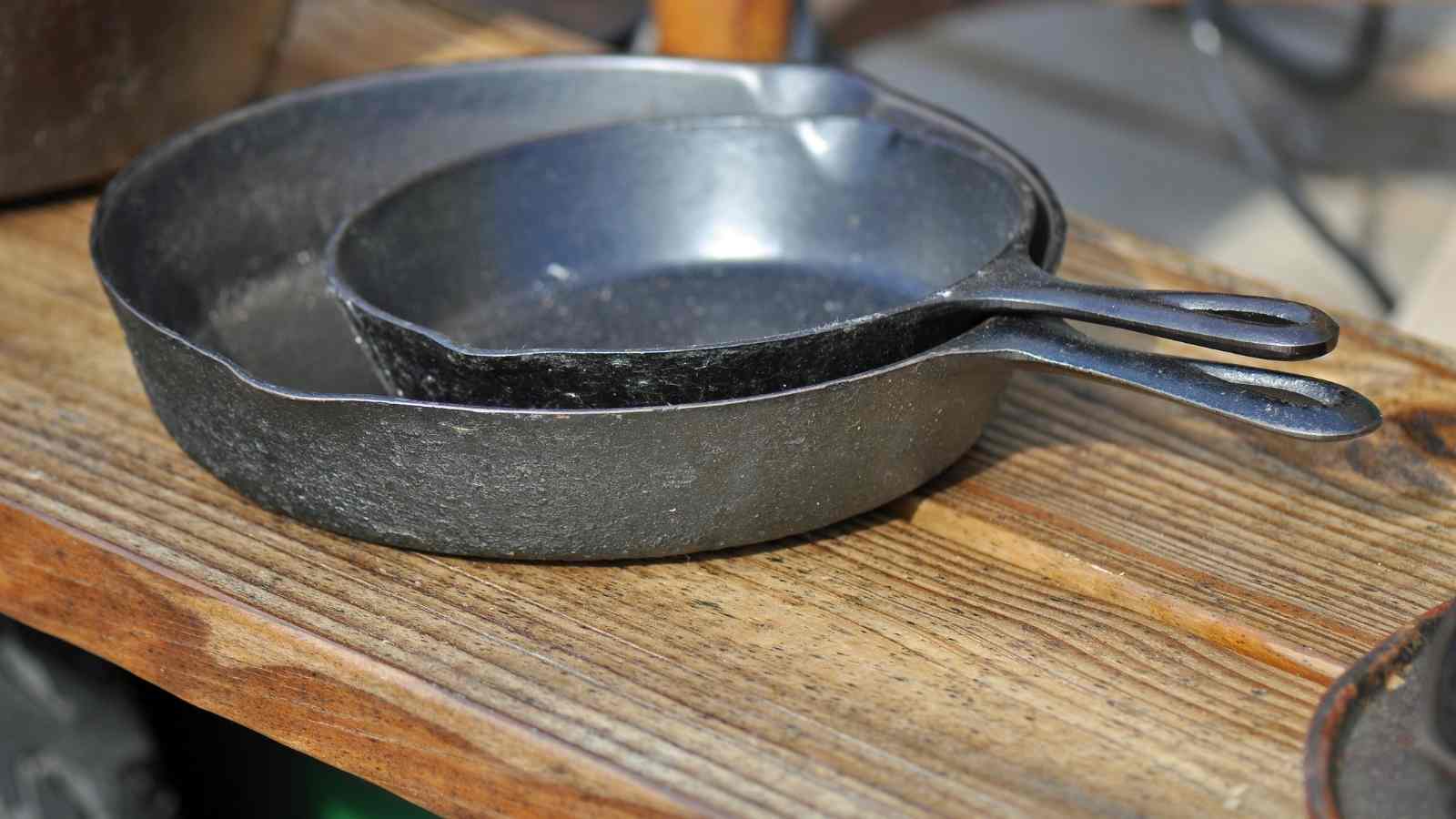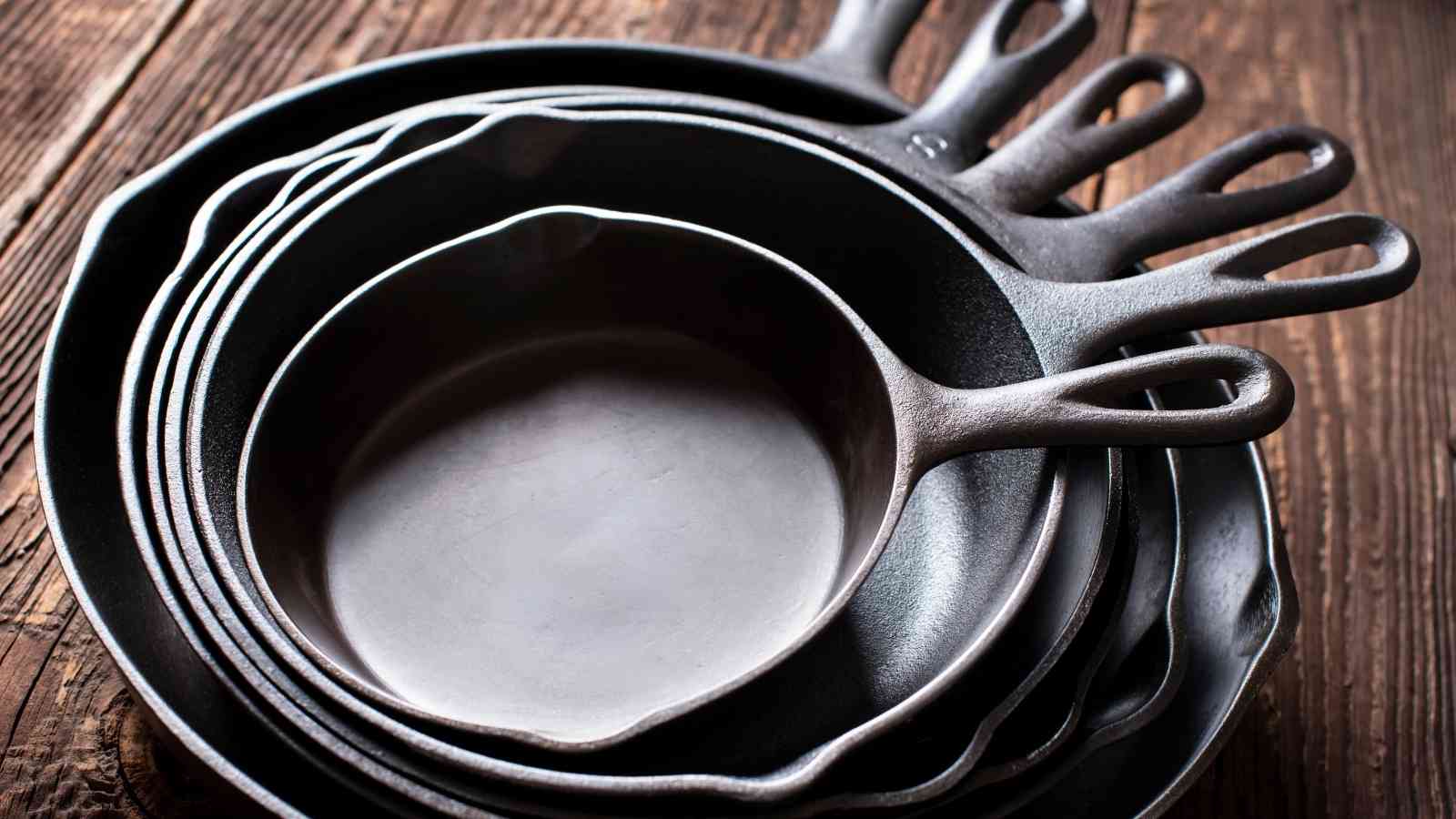Cast iron cookware has been around for centuries, dating all the way back to China.
Many people own cast iron pans and love using them for quick and easy cooking. But many people stay away from cast iron because it seems difficult to clean and a little too messy.
However, knowing the right steps for how to clean cast iron pans helps you in the kitchen, and gives you confidence for using the cookware more often. Here are some tips on cleaning cast iron pans.

What Are Cast Iron Pans?
Cast iron pans are made from a mixture of iron and steel. If used well and taken care of, cast iron past may last a lifetime. They are non-stick and they're used in commercial kitchens.
Another reason why people love cast iron is the lack of chemicals involved in the molding process. While other non-stick pans contain potentially harmful chemicals, you don't have those with cast iron. Because cast iron retains heat, you have food that's cooked thoroughly and stays crispy.
Cast iron pans also get better with use. This is because as you use them, they're seasoned by the food you are cooking. If you're new to cast iron recipes, check out Barebones Living for more tips on cooking with your cast iron.
How to Clean Cast Iron Pans
After using your cast iron pan, you want to clean it well so it avoids rusting. Even with a non-stick surface, there are some foods that are challenging to remove. Here's an easy step-by-step plan for cleaning cast iron pans.
1. Rinse the pan with water. This removes loose food particles. If stubborn stuck-on food remains, boil a little water in the pan for up to five minutes and scrape the food off when the pan cools.
2. Grab a cleaning brush and a little bit of soap and scrub the pan until no more food particles remain. Make sure that the pan has completely cooled before washing so you avoid burns or injuries. You don't have to use soap, but if food is very stuck, it's safe to do so.
3. If you're wondering can you put cast iron in water, the answer is no, including running it through the dishwasher. This only leads to more rust and more work for you in the future. Take care of those stuck-on foods promptly to preserve your pan.
4. Once you've removed the cooking debris from the pan, you can dry it completely to avoid rusting. Use a paper towel to mop up excess water because it doesn't leave lint. If you see black residue on your towel, it's seasoning from the pan and totally normal.
5. When the pan is clean, it's time for seasoning, as this is how to treat cast iron. Seasoning the pan prevents rusting. Use a cooking oil such as vegetable oil and rub it gently into the pan using a paper towel for even distribution.
Once you've cleaned and seasoned your pan, store it away for its next use in your kitchen.
More Tips for Cleaning Cast Iron Pans
Cleaning cast iron pans isn't a lot of work, but it does take a few steps and there are additional things to remember along the way. Here are some additional tips to keep in mind as you clean your pan.
Don't use abrasive sponges like steel wool to clean your pan. These scrape off the seasoning and may damage your pan.
Use a wooden cooking utensil like a wooden spatula to scrape off food debris. This avoids scraping the pan and leaving marks.
Always use warm water to clean your pan. Cold water causes your pan to crack.
Make sure your pan is completely dry before storing it away. Ensuring there's no water eliminates the chances of rust.
If you're wondering how to season cast oil, there are a few options. While vegetable oil is a go-to for seasoning your pan, you can also try a variety of different oils. Some favorites are canola oil, flax, grapeseed, or you can purchase specially formulated oil.
When you're seasoning your cast iron, make sure you mop up all the oil and spread it evenly around the entire pan, including the handle. Pooling oil isn't good for your cast iron.
Additionally, too much oil causes your pan to be sticky. If this happens you will need to wash your pan again with warm water to remove excess oil.
To further protect your cast iron pan, bake it in the oven after seasoning. Heat your oven to 350 degrees, bake it for an hour, then remove it to cool. This hardens the oil and over time creates a thicker non-stick coating.
If possible, buy your cast iron pan new and use it only for cooking. Used pans may be cheaper, but people use them for other activities besides cooking and strict cleaning may not prevent all residue from coming off.
Replacing Your Cast Iron Pan
Cast iron pans typically last a lifetime when they're properly cared for, even if when you remove built-up rust. However, there are times when you may need to replace them.
When a cast iron pan beings to distort or warp, it's time to get a new one. Warped pans create uneven surfaces that cannot cook well.

If your pan cracks due to high temperatures, you'll need to throw it away. Cooking with cracked pans poses serious dangers. Pan with holes is also not advisable to use.
A Clean Cast Iron Pan
When you answer the question of how to clean cast iron pans, you'll find that it's not hard, but following the steps precisely leads to preserving your pan for years to come. A clean pan results in deliciously cooked food!
A cast-iron pan looks amazing stored in a beautiful kitchen.
Get more home improvement tips today on our home improvement page!
